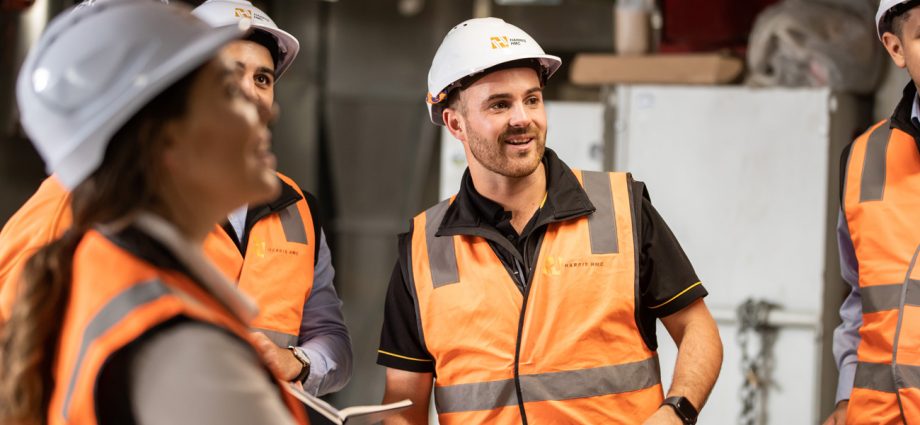When underpinning melbourne homes DIY go to my blog, foundation repairs might be overwhelming. DIY underpinning solutions appeal to homeowners who want to save money and fix their home’s structural difficulties. Despite various DIY underpinning myths, recognizing the facts can help homeowners choose the finest foundation repair methods.
A common misconception is that underpinning comprises just supporting the home with concrete or other materials. Underpinning is complicated and needs knowledge of soil dynamics, foundation stresses, and structural integrity. Sustaining and extending foundations deeper into more stable soil layers without adequate expertise and tools can be complicated and dangerous.
Another myth is that DIY underpinning is cheaper than professional. Professional services are expensive, but DIY underpinning might be more costly over time. DIY underpinning mistakes can cause more significant damage and need more repairs. Equipment can be costly to buy or rent.
Many people think internet instructions and information are enough for DIY underpinning. These resources can offer insights, but they cannot replace professional advice. Every underpinning project is unique, determined by soil conditions, structural design, and local building rules. Addressing these complicated aspects requires experience and specific knowledge from professionals.
Myth: DIY underpinning requires no licenses or inspections. Most municipalities require permits for any building structure change, including underpinning. Construction is safe and compliant with local construction rules with these permits. Skipping the permit process might result in fines, property sales issues, and insurance claims.
Also underestimated is the necessity for specialist tools. Underpinning involves concrete mixers, hydraulic jacks, and sometimes excavation equipment. These tools are pricey and easier to use with training, making DIY projects harder.
Another grim truth is the safety risks to oneself and the building’s residents. Underpinning requires significant structural changes and might be harmful if done incorrectly. Building collapse can cause financial loss and injury.
The notion that DIY underpinning won’t influence home insurance is also widespread. In contrast, many home insurance policies cover structural repairs and alterations. DIY underpinning can void your house insurance, leaving you vulnerable to structural disasters.
